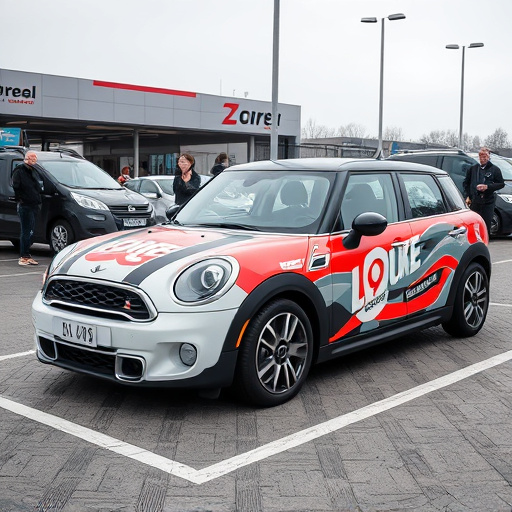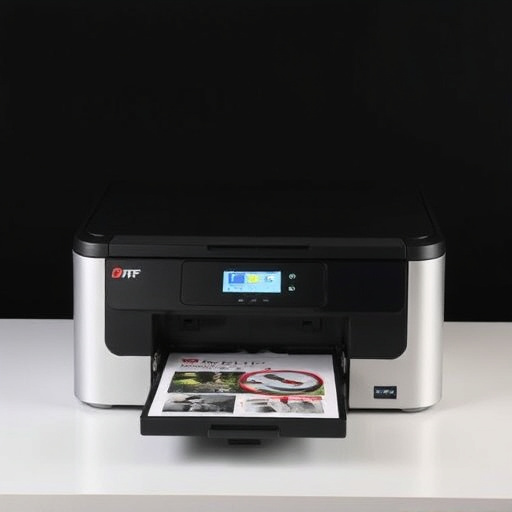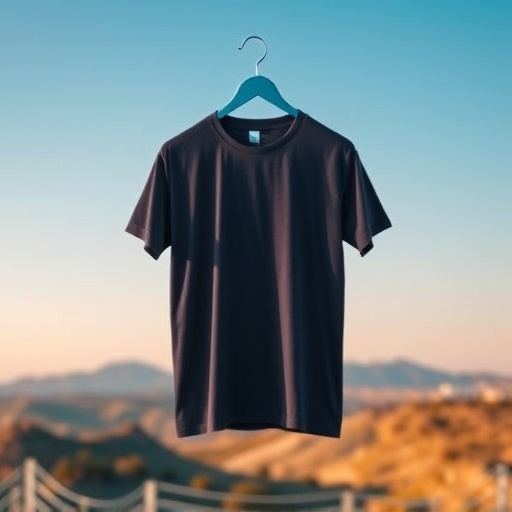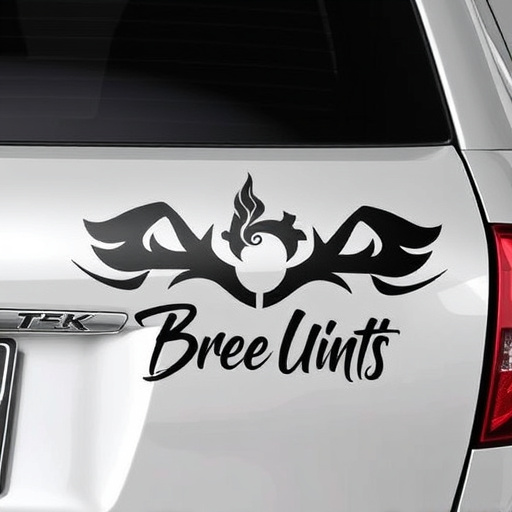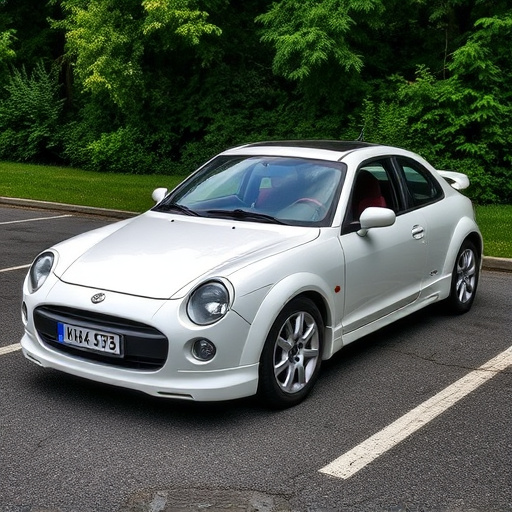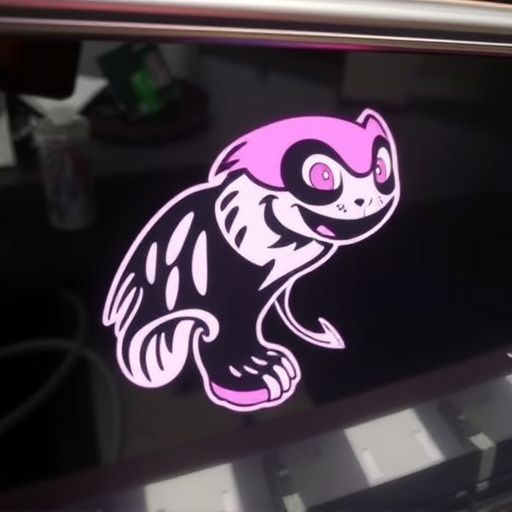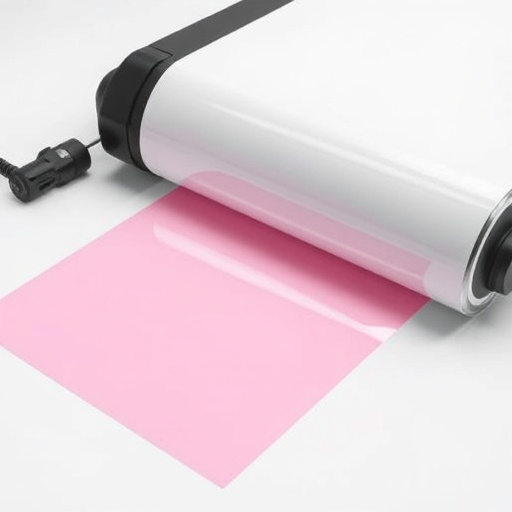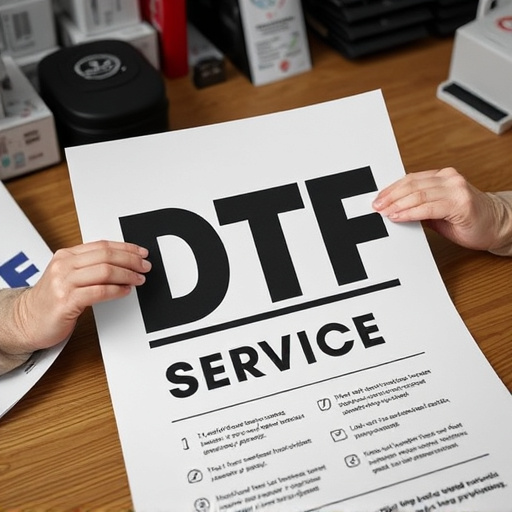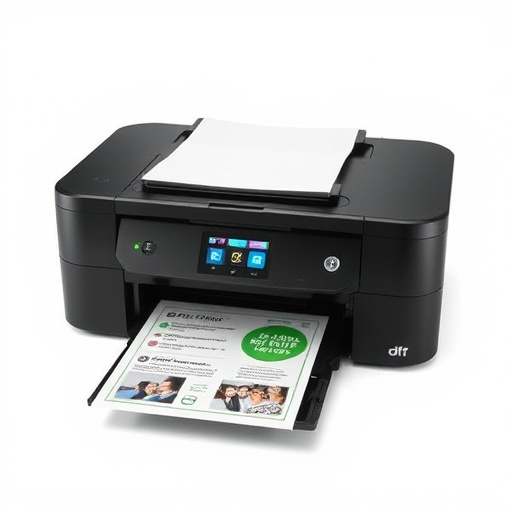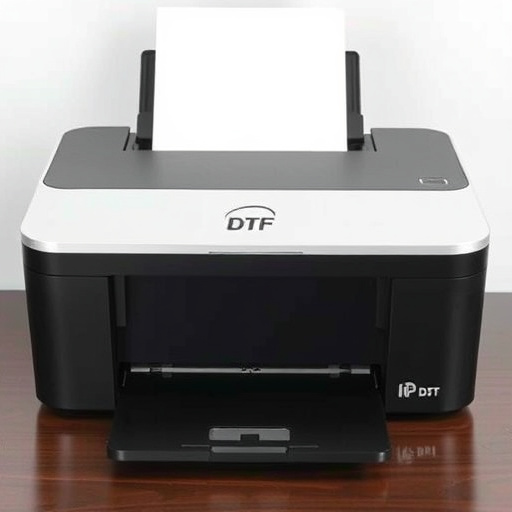DTF (Direct-To-Fabric) printers have transformed creative personalization by offering high-quality, vibrant prints on various materials, from fabrics to plastics. Cost-effective and eco-friendly, DTF technology enables easy production of unique garments like graphic tees and hoodies, while preserving sustainability through minimal waste. Versatile material and design choices, including cotton, polyester, silk, nylon, intricate patterns, bold graphics, and fade-resistant transfers, make DTF printing a preferred method for businesses and individuals alike.
Discover the revolutionary world of Direct To Fabric (DTF) printing, a game-changer for designers and manufacturers. This cutting-edge technology offers unparalleled flexibility, unlocking endless creative possibilities. From vibrant apparel to unique home decor, DTF printers cater to diverse material and design choices.
In this article, we explore the benefits: cost-effective solutions with reduced environmental impact, alongside the printer’s versatility in crafting exceptional products.
- Unlocking Creative Possibilities With DTF Printing
- Advantages: Cost-Effective and Eco-Friendly Solutions
- Versatility in Material and Design Choices
Unlocking Creative Possibilities With DTF Printing
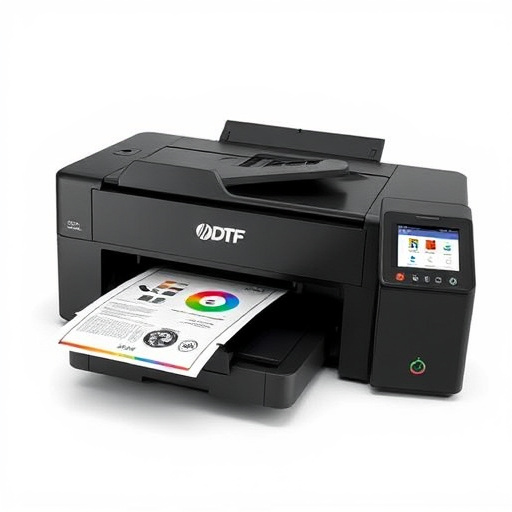
DTF (Direct-To-Film) printing has unlocked a new realm of creative possibilities for designers and customizers alike. With its ability to produce high-quality, vibrant prints directly on various materials, from fabrics to plastics, it’s transforming the way we think about personalization. This innovative technology allows for intricate designs, sharp details, and a wide range of colors, making it ideal for crafting unique items that stand out. Imagine creating custom DTF transfers that can be applied to clothing, accessories, or even home decor, enabling you to turn any design into a tangible, personalized product.
For apparel enthusiasts, the potential is especially exciting. Direct-To-Film printing on hoodies, for instance, lets you produce eye-catching, personalized garments with ease. From expressive graphic tees to stylish hooded sweatshirts, DTF transfers offer an affordable and efficient way to create one-of-a-kind pieces, catering to individual styles and trends. This technology empowers creators to explore their creativity, ensuring that the final products are as visually stunning as the original designs.
Advantages: Cost-Effective and Eco-Friendly Solutions
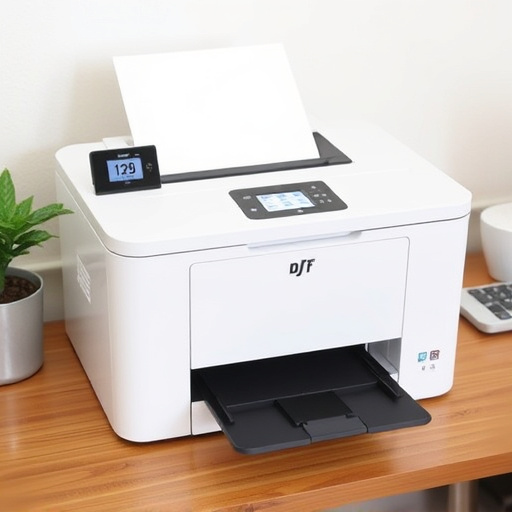
The DTF (Direct-to-Fabric) printer offers a range of advantages that make it an attractive option for both businesses and individuals looking to print custom designs on various fabrics. One of its key strengths lies in its cost-effectiveness. With this technology, you can produce high-quality prints without incurring the significant overhead costs associated with traditional printing methods. DTF printers eliminate the need for expensive set-up fees, making it an economical choice for short-run or one-off projects.
Furthermore, DTF printing is an eco-friendly solution. The process involves applying inks directly to the fabric surface, reducing waste and minimizing the environmental impact compared to traditional printing methods that often use harmful chemicals and generate substantial byproducts. Cold peel DTF transfers, in particular, offer a sustainable approach to fabric printing, allowing for easy removal of the transfer film after printing, ensuring a clean and efficient production process.
Versatility in Material and Design Choices
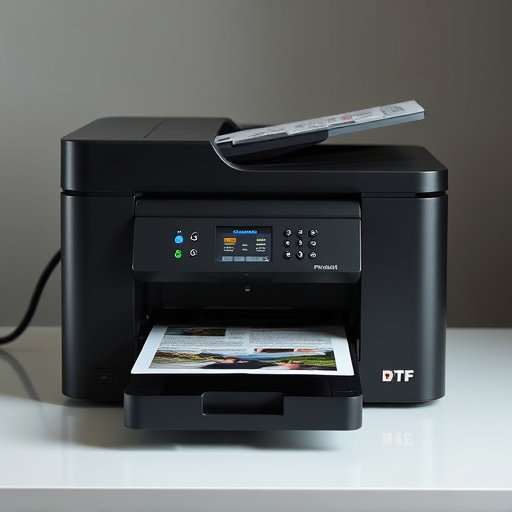
One of the most celebrated aspects of Direct to Fabric (DTF) printing is its versatility in material and design choices. Unlike traditional printing methods that are often limited to specific fabrics, DTF printers can produce high-quality prints on a wide array of materials, from cotton and polyester to silk and nylon. This opens up a world of possibilities for clothing brands looking to create unique, custom designs for their products. Whether it’s intricate patterns, bold graphics, or subtle text, DTF printing allows for complex and detailed artwork that can be seamlessly integrated into any fabric design.
Moreover, the flexibility doesn’t stop at the fabric types; DTF printers also accommodate various design formats. From simple logos dft for clothing brands to intricate illustrations, designers have the freedom to create and print virtually any image without compromise. The use of DTF transfer film ensures that prints are durable and resistant to fading, making it an ideal choice for creating long-lasting designs on t-shirts and other garments. This versatility makes DTF printing a preferred method not just for small businesses, but also for large-scale production runs, where the ability to mix and match fabrics and designs is of paramount importance.
Printing with a DTF (Direct to Fabric) printer offers a flexible and sustainable approach to design, catering to both creative professionals and small businesses. By combining cost-effectiveness with environmental friendliness, DTF printing empowers users to explore diverse material options and intricate designs. This innovative technology is revolutionizing the way we think about fabric decoration, making it accessible for various applications and inspiring fresh creative possibilities.



